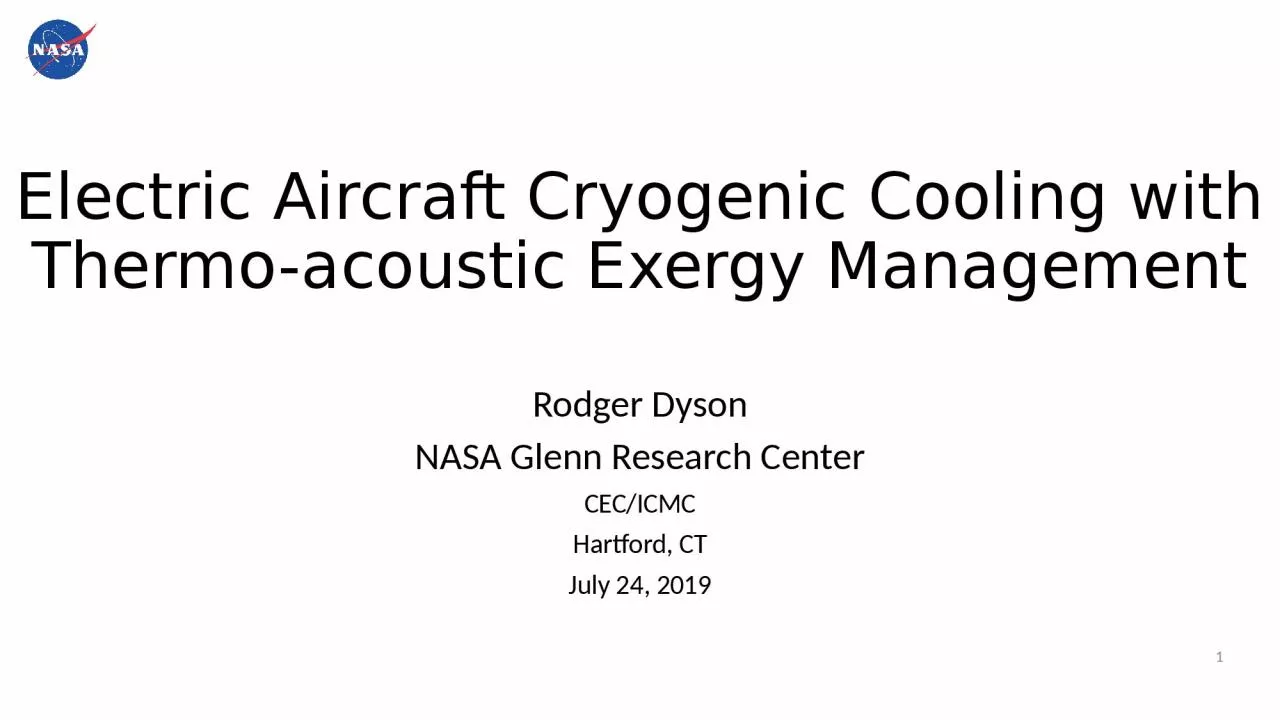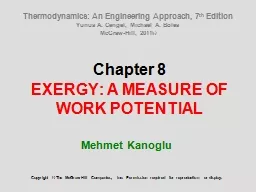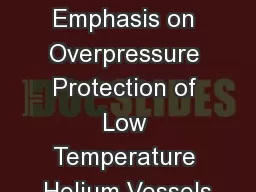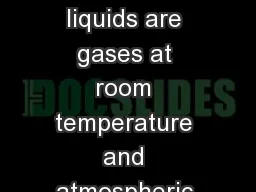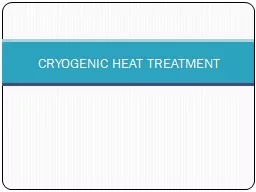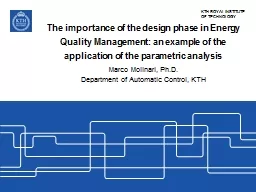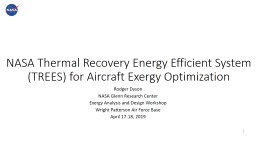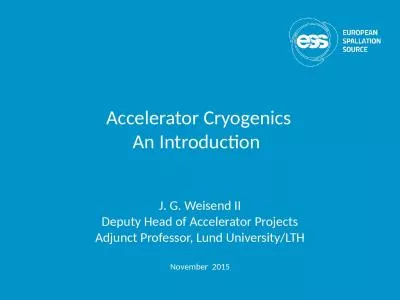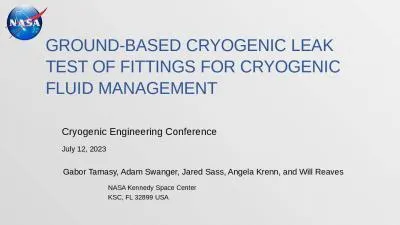PPT-Electric Aircraft Cryogenic Cooling with Thermo-acoustic Exergy Management
Author : natalie | Published Date : 2023-11-18
Rodger Dyson NASA Glenn Research Center CECICMC Hartford CT July 24 2019 1 v 2 2 Electric Aircraft Thermal Challenge Current proposed solutions include Ram air
Presentation Embed Code
Download Presentation
Download Presentation The PPT/PDF document "Electric Aircraft Cryogenic Cooling with..." is the property of its rightful owner. Permission is granted to download and print the materials on this website for personal, non-commercial use only, and to display it on your personal computer provided you do not modify the materials and that you retain all copyright notices contained in the materials. By downloading content from our website, you accept the terms of this agreement.
Electric Aircraft Cryogenic Cooling with Thermo-acoustic Exergy Management: Transcript
Download Rules Of Document
"Electric Aircraft Cryogenic Cooling with Thermo-acoustic Exergy Management"The content belongs to its owner. You may download and print it for personal use, without modification, and keep all copyright notices. By downloading, you agree to these terms.
Related Documents

